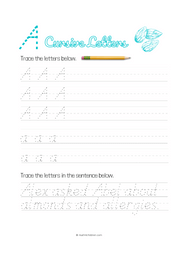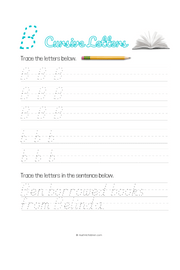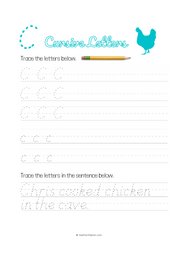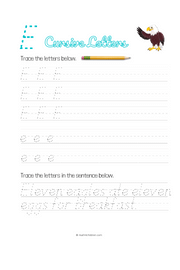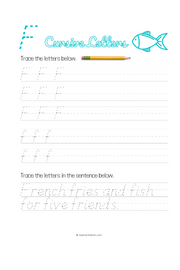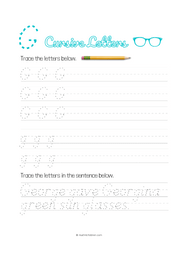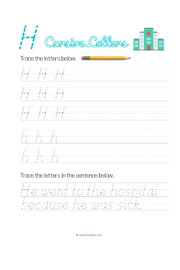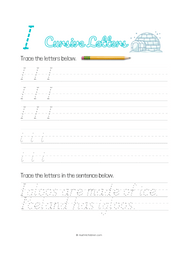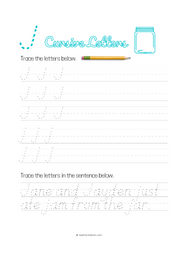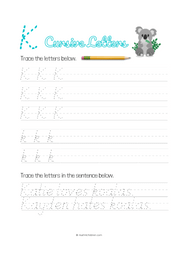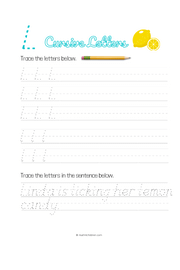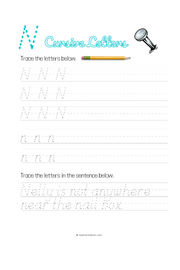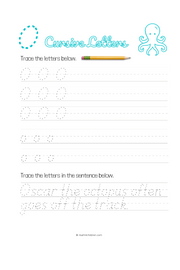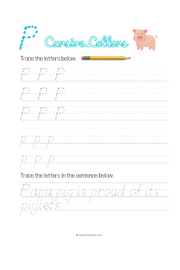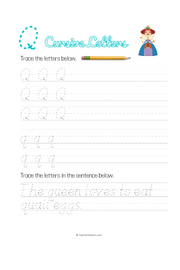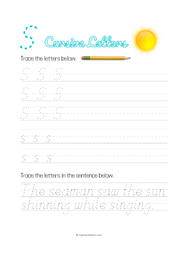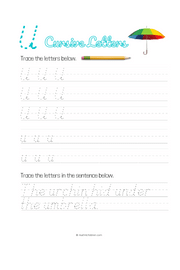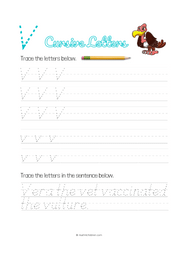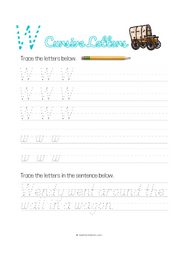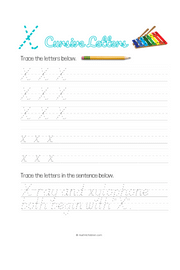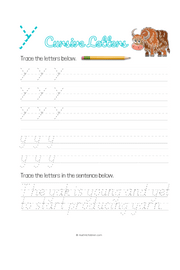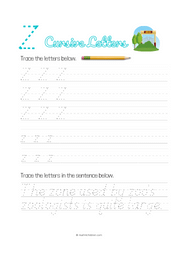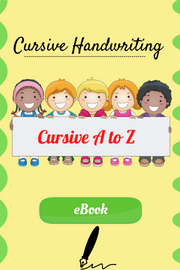Cursive Chart | Cursive Lettering Chart
Cursive writing, also known as script or longhand, is a style of penmanship where characters are joined together in a flowing manner. While it may seem like a relic of the past in today's digital age, cursive writing holds immense importance both historically and educationally.
Benefits of Learning Cursive Writing
Mastering cursive writing offers a myriad of benefits beyond just improving penmanship. It enhances cognitive abilities, fosters motor skills development, and stimulates creativity. Research suggests that children who learn cursive writing tend to have better reading and writing skills.
Basics of Cursive Writing
To get started with cursive writing, one must understand the cursive alphabet and practice letter connections. Various techniques such as looped, italic, and connected styles are commonly used in cursive writing.
Using a Cursive Chart
A cursive chart is a handy tool that displays the cursive alphabet along with corresponding uppercase and lowercase letters. It serves as a visual guide for learners to master cursive writing effectively.
Tips for Improving Cursive Writing
Consistent practice is key to improving cursive writing skills. It's essential to be patient and persistent while seeking feedback from teachers or peers to identify areas for improvement.
Incorporating Cursive Writing in Education
Despite the prevalence of digital communication, cursive writing remains relevant in education. Many schools include cursive writing in their curriculum, recognizing its importance in developing fine motor skills and enhancing literacy.
Cursive Writing in the Digital Age
While cursive writing faces challenges in the digital age, it also presents opportunities. Various digital tools and resources are available to help learners master cursive writing, ensuring its continuation in the modern era.
A cursive lettering chart provides a visual reference for practicing the elegant and flowing style of handwriting known as cursive. Each letter is presented in both uppercase and lowercase forms, allowing learners to study and replicate the unique loops, curves, and connections that define cursive script. This chart serves as a helpful tool for individuals looking to improve their penmanship or for educators teaching handwriting skills. By tracing and writing each letter repeatedly, students can develop muscle memory and refine their ability to write in cursive, ultimately enhancing their communication and creative expression through beautifully crafted handwriting.
Conclusion
Cursive writing is more than just a style of penmanship; it's a valuable skill with numerous cognitive and educational benefits. By incorporating cursive writing into education and embracing digital resources, we can ensure its preservation and relevance in the digital age.
FAQs
- Is cursive writing still taught in schools?
- Many schools still include cursive writing in their curriculum, although its prominence varies.
- At what age should children start learning cursive?
- Children typically begin learning cursive around ages 7 to 8, although some start earlier or later depending on individual readiness.
- Are there any health benefits associated with cursive writing?
- Practicing cursive writing can improve hand-eye coordination and fine motor skills, which can be beneficial for overall hand health.
- Can adults learn cursive writing?
- Absolutely! It's never too late to learn cursive writing, and many adults find it to be a fulfilling hobby.
- How long does it take to master cursive writing?
- The time it takes to master cursive writing varies from person to person, but consistent practice over several weeks or months can lead to significant improvement.

